On This Day...February 14th
9th Armored Division technician Alvin Harley with a little French girl on 14th February, 1945.
The traumatic evacuation of Singapore against the overwhelming might of the Japanese imperial Army in February of 1942 bears many stories of bravery and defiance. Little more so than the little known story of the HMS ‘Li Wo’, where Lieutenant Thomas Wilkinson was posthumously awarded the Victoria Cross, Britain’s highest award for bravery. His citation for the award is below.
“On 14th February 1942, H.M.S. Li Wo, a patrol vessel of 1,000 tons, formerly a passenger steamer on the Upper Yangtse River, was on passage from Singapore to Batavia. Her ship’s company consisted of eighty-four officers and men, including one civilian; they were mainly survivors from His Majesty’s Ships which had been sunk, and a few from units of the Army and Royal Air Force. Her armament was one 4-inch gun, for which she had only thirteen practise shells, and two machine guns.”
“Since leaving Singapore the previous day, the ship had beaten off four air attacks, in one of which fifty-two machines took part, and had suffered considerable damage. Late in the afternoon, she sighted two enemy convoys, the larger of which was escorted by Japanese naval units, including a heavy cruiser and some destroyers. The Commanding Officer, Lieutenant T. Wilkinson, R.N.R., gathered his scratch ship’s company together and told them that, rather than try to escape, he had decided to fight to the last, in the hope that he might inflict damage upon the enemy. In making this decision, which drew resolute support from the whole ship’s company, Lieutenant Wilkinson knew that his ship faced certain destruction, and that his own chances of survival were small.”
“H.M.S. Li Wo hoisted her battle ensign and made straight for the enemy. In the action which followed, the machine guns were used with effect upon the crews of all ships in range, and a volunteer gun’s crew manned the 4-inch gun, which they fought with such purpose that a Japanese transport was badly hit and set on fire.”
“After a little over an hour, H.M.S. Li Wo had been critically damaged and was sinking. Lieutenant Wilkinson then decided to ram his principal target, the large transport, which had been abandoned by her crew. It is known that this ship burnt fiercely throughout the night following the action, and was probably sunk.”
“H.M.S. Li Wo’s gallant fight ended when, her shells spent, and under heavy fire from the enemy cruiser, Lieutenant Wilkinson finally ordered abandon ship. He himself remained on board, and went down with her. There were only about ten survivors, who were later made prisoners of war.”
“Lieutenant Wilkinson’s valour was equalled only by the skill with which he fought his ship. The Victoria Cross is bestowed upon him posthumously in recognition both of his own heroism and self-sacrifice, and of all who fought and died with him.”
This is the Finnish fighter plane, ‘Brewster 239 Buffalo’ found on August 1998 in Big Kolejärvi Lake, about 30 miles from the town of Segezha, the last Brewster 239 Buffalo in existence. Photo taken February 14th, 1942.
During the ‘Winter War’ against the Russians, Finland had purchased an order of 44 Brewster fighters from United States, the Finns quickly learning to accept the Brewster’s lack of speed and developing tactics enabling them to exploit the aircraft's potential.
Fighter commanders Colonel Richard Lorentz and Lt.Colonel Erik Magnusson adopted German "finger-four" formation before the war and also introduced ‘pendulum-tactic’ or hit from above and then disengage. Armament was increased replacing the sole 7.62mm MG with four 12.7mm HMGs.
In 1941 Finnish Squadron 24 became legendary shooting down 135 Soviet aircraft with only 2 losses, neither from Soviet a/c.
This pursuit plane got credit for being the best Finnish fighter of World War II. It was registered in The Guinness Book of World Records twice: for shooting down 477 enemy planes, an average of nearly 11 victories per Brewster, and for a single fighter shooting down a record 41 enemy planes. Finnish renowned aces Eino Ilmari Juutilainen (94 victories in 437 air fights) and Hans Henrik Wind - seen in photo below - (75 victories in 302 sorties) engaged the enemy in Brewster fighters.
On 25th of June, 1942, a fighter flown by lieutenant Lauri Pekuri in a group of 8 fighters of this same type, met 10 British made Soviet Hurricane fighters at Segozero lake. In the fight 7 Soviet planes were damaged. Lieutenant Pekuri shot down two Hurricane fighters (he had to his credit 18 shot down planes in total – 7 Hurricane in all) but his fighter was shot down and destroyed. He tried to land the burning BW-372 onto Big Kolejärvi lake. The fighter turned over on its cowl at high speed and sank. Lieutenant Pekuri succeeded in getting out from the cockpit and walked about 20 km to the battle-front, passing across a mine field to join his front-line units.
All of this achieved with the universally voted ‘worst fighter of World War II’. There’s a reason why there are so few Brewsters left.
(Buffalo found recently at Midway)
F6F Hellcat 37 of VF-6 carrier USS Hancock CV-19 – February 14th, 1945
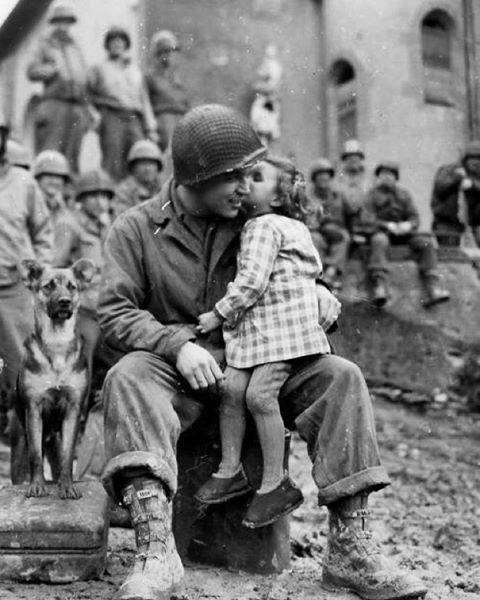
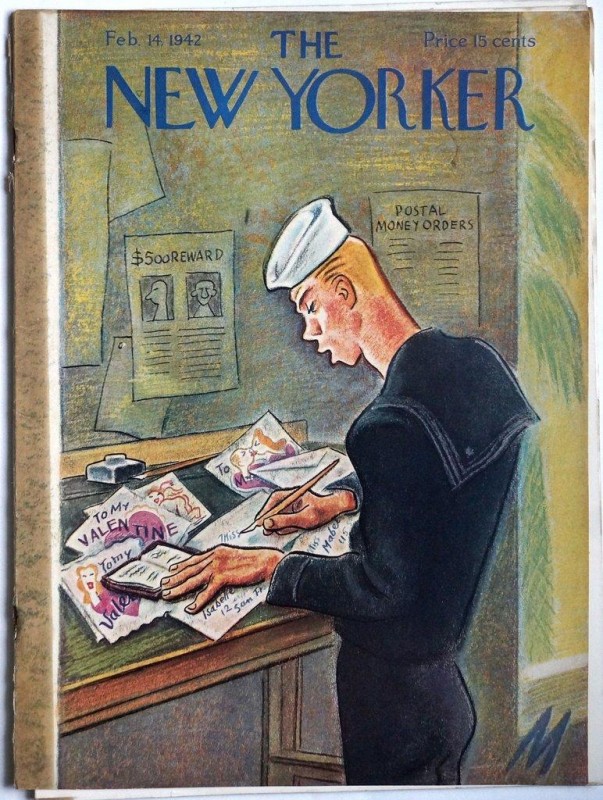
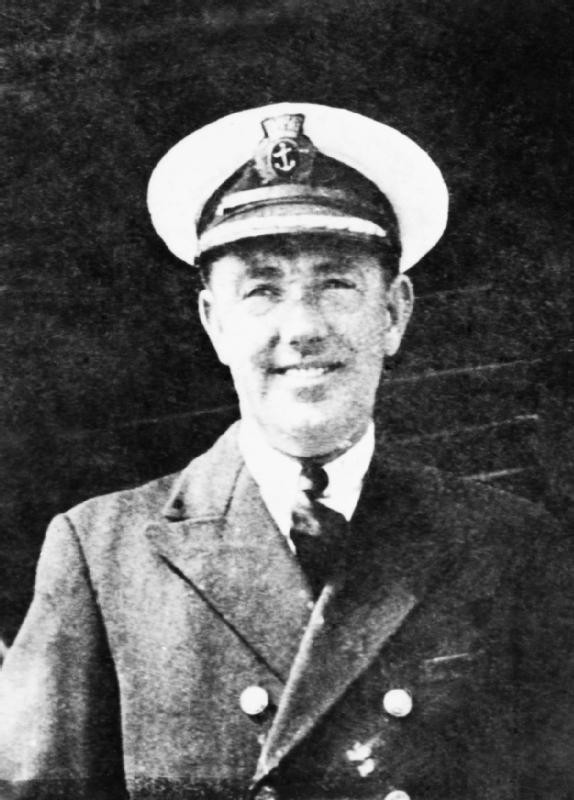
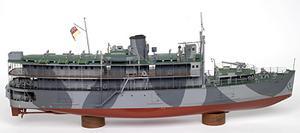
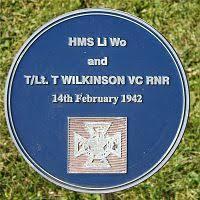
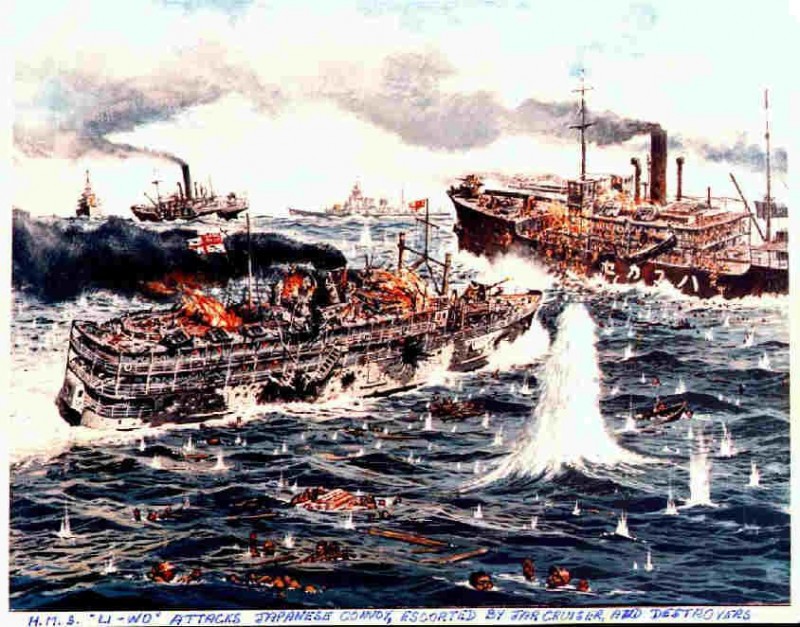

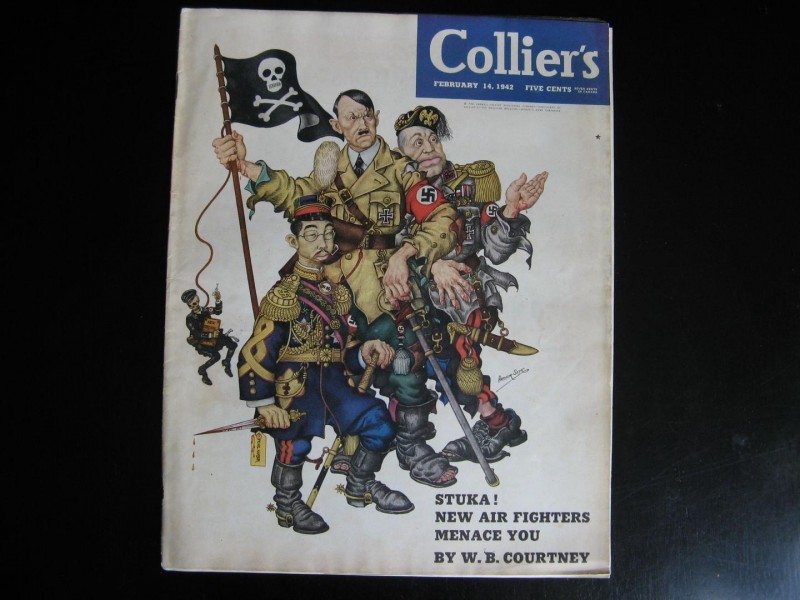
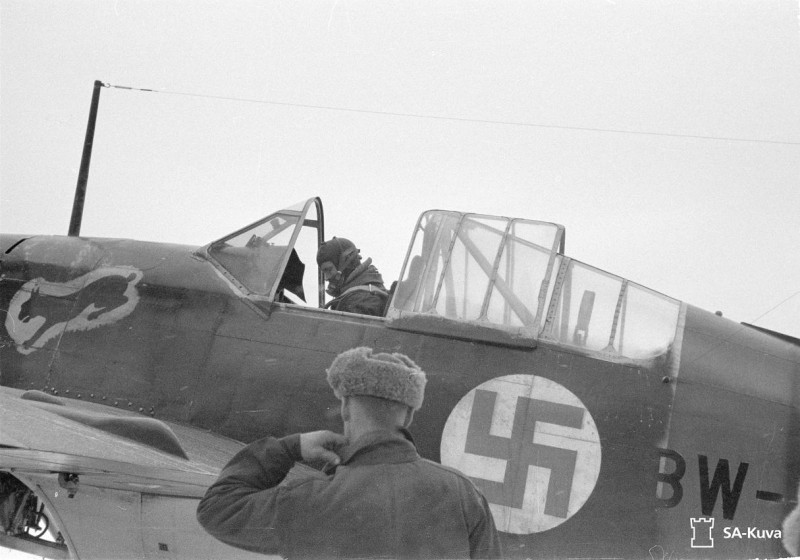
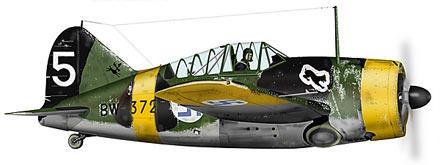
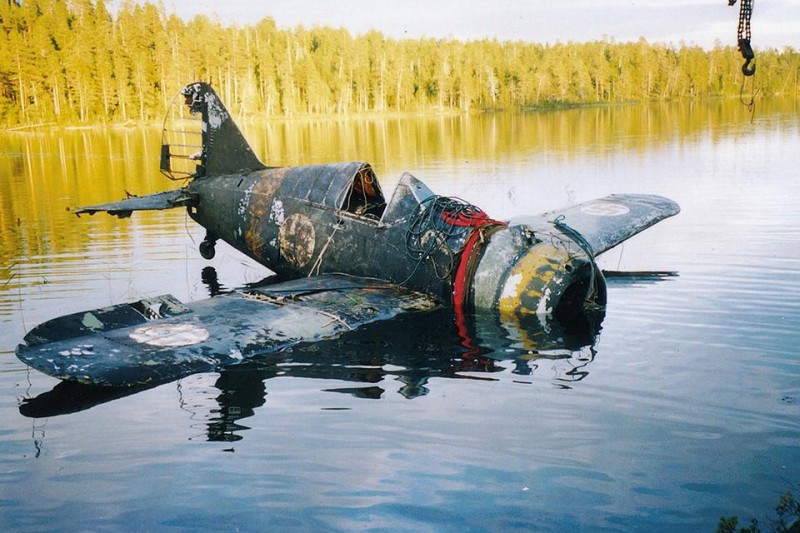
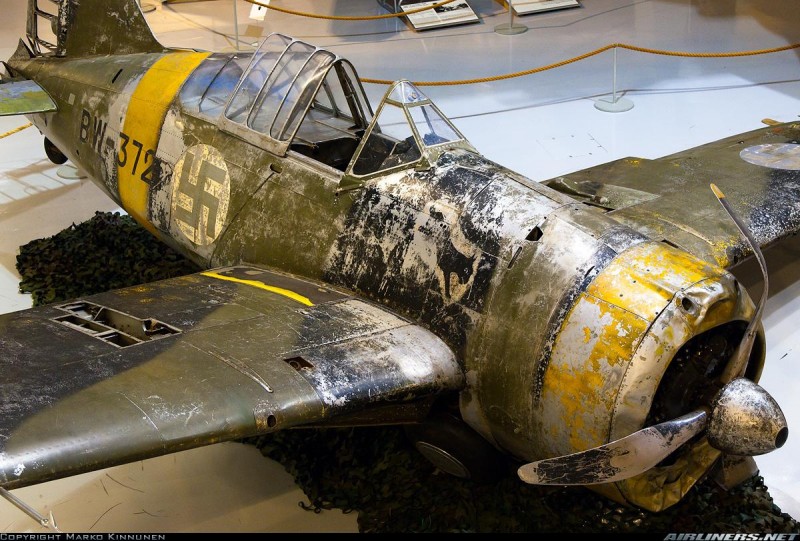


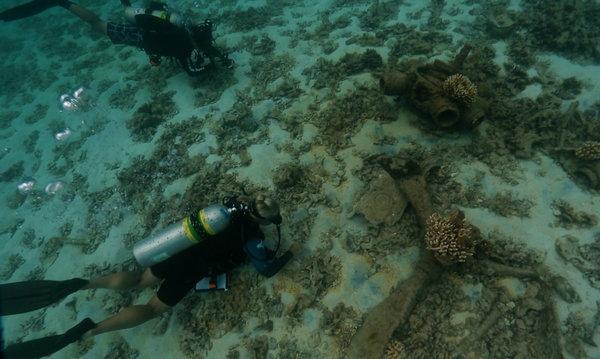

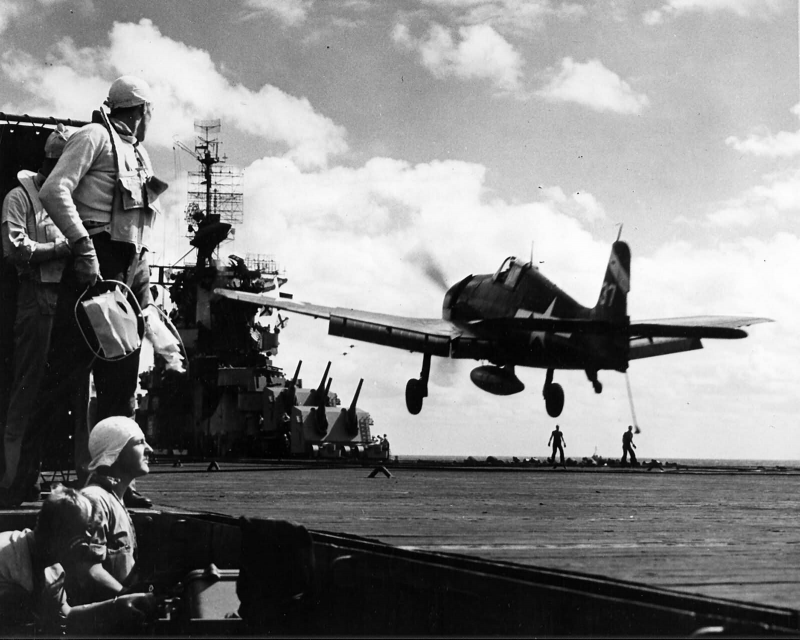

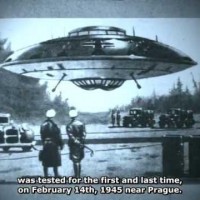
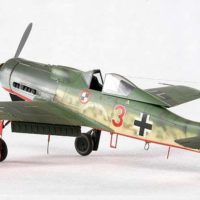
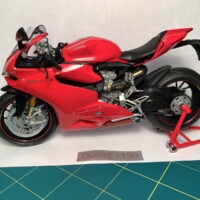
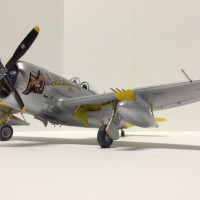
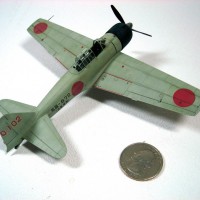
Interesting write-up about the much maligned Buffalo.
Thanks, David!
Jeff, I’m a great supporter of the underdog and researching the Buffalo just makes me want to build one. Some nice schemes, too.
Cheers, Jeff.
I look forward to that, David. I tend to cheer for the underdog too, so I'm right there with you.
the first shot is wonderful
A real heart warmer, Bob.
Great set again Dave, I want a Buffalo too.
Thanks Neil. We ought to do a ‘worst aircraft of the war’ GB - a ‘race to the bottom’ - i think the Buffalo is a great looking little plane.
They’re all good, but I got a kick out of the sailor and his pack of Valentine’s Day cards. A girl in every port.
The Li Wo story literally had me in tears. A bit embracing, but what men these guys were!
The B-239 was the F2A-1, the best of the Brewster line, the lightest with the best power-to-weight ratio and a speed of 340mph, which was more than enough to deal successfully with the Soviet fighters - I-16s and I-153s, and even the Hurricanes, though the few P-39s were faster. As to the armament, the airplane was designed from the beginning for 4 .50-caliber machine guns, I don't know where the "solitary 7.72mm" comes from.
The Finnish pilots were the products of one of the best training systems used by anyone and went to their squadrons with over 300 hours on graduation. Experience matters.
In fact the Brewster fighter's bad reputation came from 2 things: the later versions - the B-339 that the RAF used and the F2A-3, were over 1,000 lbs heavier than the F2A-1, with no increase in power beyond the original 1100 hp (and the B-239 was only 1,000 hp and using reconditioned DC-3 engines). Thus giving a terrible power-to-weight ratio.
Additionally, the RAF and Commonwealth pilots who flew the B-339 were mostly inexperienced and low-time (the most successful, RNZAF Geoff Fisken, had over 400 hours in the airplane by the time the war broke out because he volunteered to be the pilot who tested them once assembled, and then delivered many of them - that experience showed when he got 6 victories). The pilots were ordered by their superiors to dogfight better airplanes and more experienced pilots, rather than use the dive to attack and then get away (AVM "Butcher" Stevenson threatened to court-martial any pilot who did that).
The Marines who flew F2A-3s at Midway were mostly inexperienced; half of them had only arrived 10 days earlier, fresh out of flight school, none of them but two leaders had more than 50 hours in single-seat fighters. Inexperience also matters. Like the RAF, they used the wrong tactics due to lack of knowledge of their adversary.
In 1992, Marion Carl told me that if the Marines had had F2A-3s at Guadalcanal, and had used the tactics they used with the F4F-4s (Attack from altitude, never fight on the horizontal plane, dive away from the initial attack), "the results would have been the same."
The horse hockey about the F2A being "the worst fighter in World War II" comes from the same "aviation hystericalians" who "know" that the P-40 was a terrible airplane, and all the other baloney that is passed for "knowledge" among the "hex-spurtz". Most "aviation history" books are best reserved for use when the toilet paper shortage finally arrives.
Once again David; riveting stuff. I'm quite a fan of the Buffalo as flown by the Finns & many years ago did a repaint of the Tamiya model (yes, wrong version, but it looked great). What the Finns did against great odds was amazing.
Thanks for another fabulous posting David...
Like you, I also appreciate the Brewster Buffalo. I read once where "Pappy" Boyington said that the Brewster was "a fine ship that can turn around in a phone booth"...followed with "Later they ruined it with all of the added weight."
Here's one that Thach nosed over ... yep "Jimmy" Thach from the "Thach Weave" fame. This happened on the Saratoga, CV-3 during March 1940. Even the good pilots can have a bad day.
I thought you might enjoy this picture.
This is an excellent series... please keep 'em coming !
I'd agree with Tom: (he's more of an expert than I) the Finns were simply good and VERY well trained pilots. But I'm kinda partial to them. They are a hearty lot and they work hard at whatever they do. I had the privilege of working the summer of 1970 with 3 Finnish ladies at the hotel in Oberammergau where I worked . Those girls worked HARD. Very bright, too. I dated one of them the last month I was there. Maria Liisa Pankeleinen was a special young lady and they were all great friends to me. (i'm not 100% sure about the spelling of her last name - that was close to 50 years ago and I've slept since then ... )
The Brewster is an enigma. It seems that more than any other aircraft the results one got from it depended on the pilot, tactics, and the mark you were flying. While some aircraft were great ‘levelers’ and upskilled and protected poorer pilots, the Buffalo was at the same time called ‘the Pearl of the Skies’ by some and the ‘Suicide Barrel’ by others.
The armament issue was my mis-reading; the Finnish Buffalos came with three heavy machine guns and ONE rifle caliber gun - the Finns converted them to all heavy caliber guns; the perils of speed reading...
I love the Buffalo, think she looks great and has a ton of character. Now, someone out there will tell me what the best model kit is.
There are three contenders to talk about as far as 1/48 scale Brewster kits are concerned. There's also a choice to be made on the sub type if the Brewster if that is of importance to you.
I found this list on another website. I took a picture of it and cropped it down to look better.
This list that shows the main difference between the US types. The export versions are slightly different. You will notice the main difference is with the overall length, type of propeller used and if it had a spinner or not. If it did have a spinner there were even two different sizes... sort of like combat boots... too big or too small !
We have the very old Tamiya version which still has a nice fit and builds up well. It's main downfall is the details. But this one dates from the 1970's if memory serves me.
Next we have the Classic Airframes kit. It has a lot of nice detail and some resin parts. It allows you to build the early Buffalo, the F2A-1.
Special Hobby also made a few versions that included the British RAF planes and offered a US Army version as flown from Australia. It also has a lot of detail.
I have only built up a few of the Tamiya kits, so personally I can't speak about how the other two will assemble.
However I do have all 3 types in the stash. This would be a great subject for me to do a kit review on. Who knows ? Eventually I may even do a comparison build between them.
First I have a lot more to complete however. I'm getting ready to post a very detailed kit review on the newer 1/35 scale Tamiya Sherman "Easy-8". Possibly after I post that article I can write some up on the Brewster if there's enough interest.
Please let me know what you think.